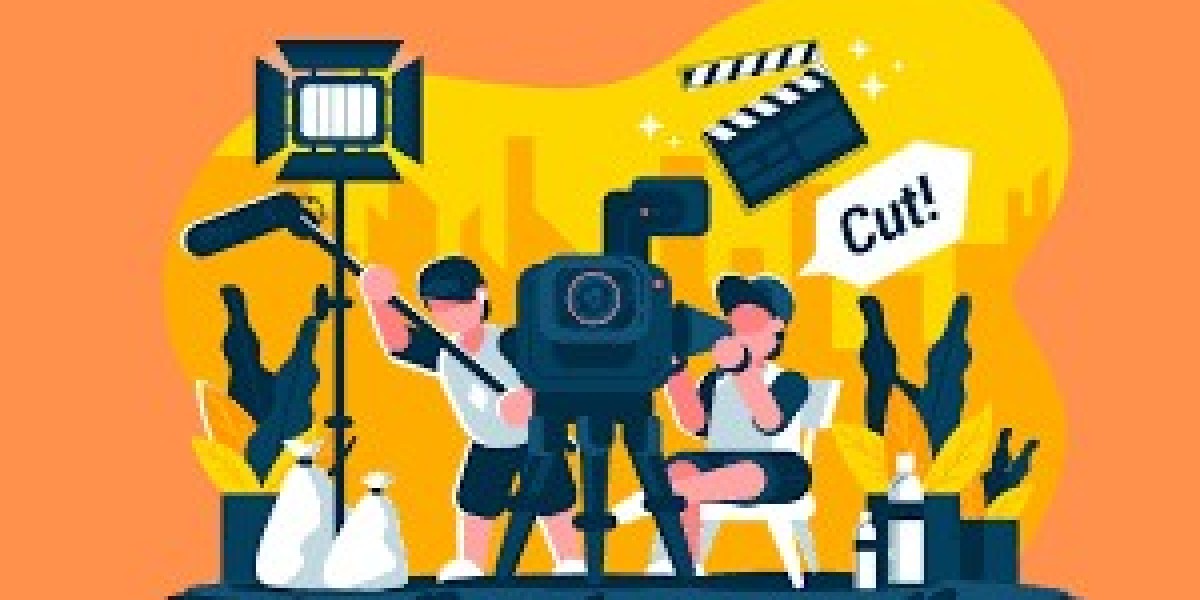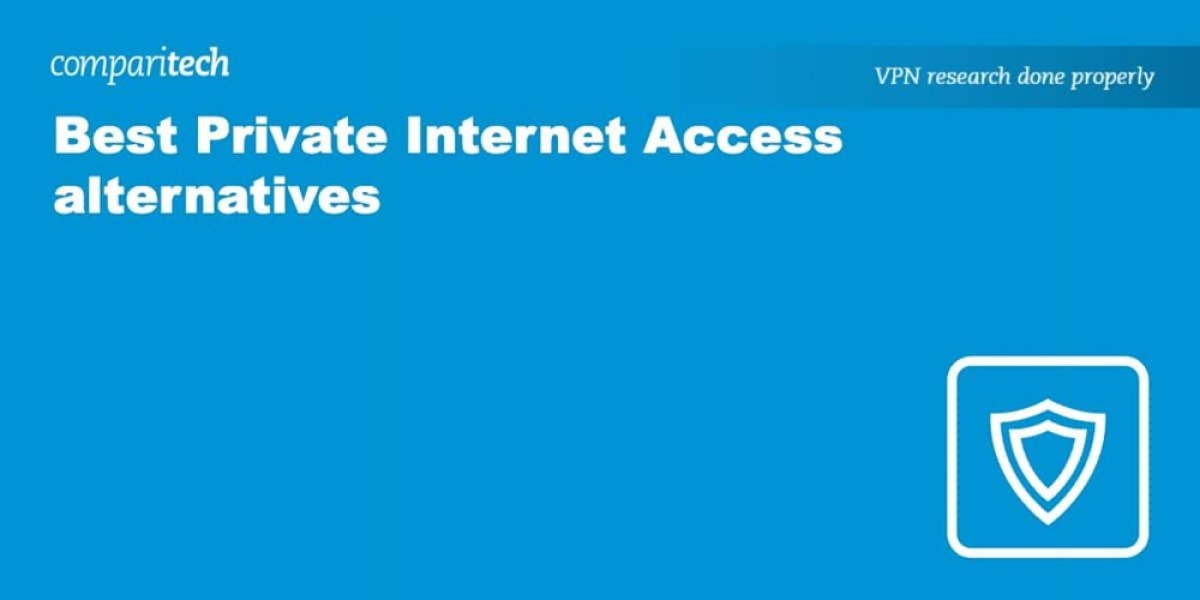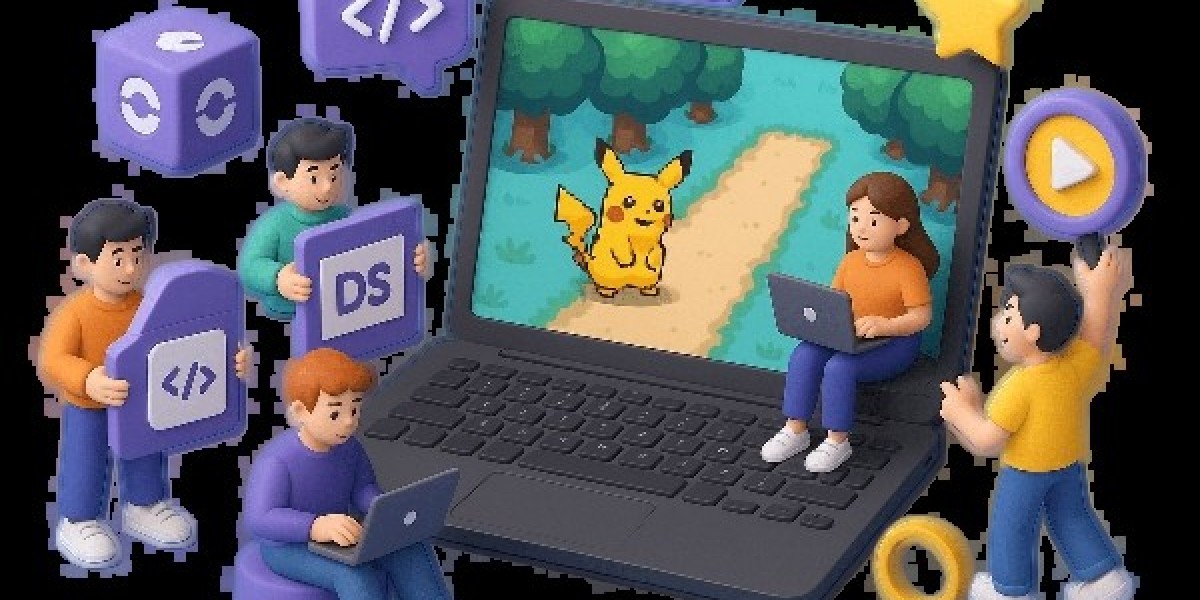In today’s digital-first world, animation video production has become a powerful storytelling tool used by brands, educators, entertainers, and content creators to capture attention, explain ideas, and engage audiences. Whether it’s an explainer video, a product demo, or a brand story, animation can simplify complex messages and make them visually appealing.
But what exactly goes into creating an animated video? And how can businesses or individuals ensure their investment delivers results?
Let’s dive into the full process of animation video production, its types, benefits, and best practices.
? What Is Animation Video Production?
Animation video production is the process of creating moving visuals through illustrated or computer-generated graphics, often paired with voiceovers, music, and sound effects. Unlike live-action videos, animations don't require cameras, actors, or physical sets—making them more flexible and cost-effective.
From 2D explainer videos to high-end 3D animations, this creative process turns ideas into motion, making stories more digestible and memorable.
? Why Use Animation for Video Content?
Here’s why animation is a top choice for many brands and creators:
Simplifies Complex Topics – Great for industries like tech, finance, or healthcare.
Visually Engaging – Colorful, dynamic content keeps viewers hooked.
Cost-Effective – No location fees, actors, or equipment rentals.
Timeless and Scalable – Easily updated or repurposed for different audiences.
Boosts Conversions – Explainer videos can increase landing page conversions by up to 80%.
? The Animation Video Production Process
Creating an effective animated video involves several crucial steps:
1. Strategy & Planning
Define your goals (educate, sell, entertain).
Identify your target audience.
Choose the type of animation that suits your message.
2. Scriptwriting
A compelling script is the backbone of your animation. It should:
Be clear and concise (60–90 seconds = ~150–225 words).
Speak directly to the audience's needs or pain points.
End with a strong call-to-action (CTA).
3. Storyboarding
This is the visual plan for your animation. It includes:
Scene-by-scene sketches or frames.
Direction for movement, transitions, and timing.
A reference for animators and voice-over artists.
4. Voiceover & Sound Design
Hire a professional voice artist to narrate your script.
Add music and sound effects that match the tone (e.g., playful, corporate, dramatic).
5. Illustration & Design
Design assets are created based on your brand style:
Characters
Icons
Backgrounds
Typography
6. Animation
This is where the magic happens. Designers animate the illustrations using software like:
Adobe After Effects
Blender
Toon Boom
Vyond
Cinema 4D
Timing, motion, transitions, and visual effects are all synchronized with the voiceover and music.
7. Review & Revisions
Internal reviews and client feedback are gathered.
Revisions are made for timing, content, or brand alignment.
8. Final Delivery
The animation is exported in various formats (MP4, MOV, etc.) optimized for web, social, or broadcast.
?️ Types of Animated Videos
Each style serves a unique purpose. Here are the most popular:
| Animation Type | Best For |
|---|---|
| 2D Animation | Explainers, tutorials, brand videos |
| 3D Animation | Product demos, architecture, gaming |
| Whiteboard Animation | Educational content, training videos |
| Motion Graphics | Corporate videos, infographics |
| Stop Motion | Artistic, handmade, or niche content |
| Cutout Animation | Storytelling with paper-doll visuals |
✅ Best Practices for Animation Video Production
Keep it Short & Sweet – 60–90 seconds is ideal for most business videos.
Focus on One Core Message – Don’t try to explain everything.
Use a Professional Voiceover – Quality narration enhances trust and clarity.
Prioritize Visual Consistency – Stick to your brand’s colors and typography.
Optimize for Mobile & Social – Use captions and square or vertical formats.
Test & Measure – Track engagement, views, and conversion rates.
? Tools & Software for Animation Production
Some top animation tools include:
Beginner-Friendly: Vyond, Animaker, Powtoon
Professional: Adobe After Effects, Blender, Toon Boom Harmony
Collaborative Tools: Figma, Frame.io, Boords (storyboarding)
? When to Hire a Professional Animation Studio
If you’re aiming for a high-quality animation that aligns with your brand image, it's often best to work with a professional studio. They bring:
Strategic expertise
Scriptwriting and storytelling
Voiceover casting
End-to-end production
High-end visuals and polish
While DIY tools are great for simple projects, a studio can help you stand out in a saturated content landscape.
? Case Study: How Animation Boosts Business
A SaaS company added a 90-second animated explainer to its homepage. Results included:
35% increase in user sign-ups
50% longer site engagement
20% drop in support queries
Animation doesn’t just look good—it delivers ROI.
? Conclusion
Animation video production is more than just making things move—it's about bringing ideas to life in a way that educates, entertains, and converts. Whether you're a startup, marketer, or educator, animation can elevate your message and resonate with modern audiences.
With a strategic approach, the right tools, and creative vision, animation has the power to make your brand unforgettable.







